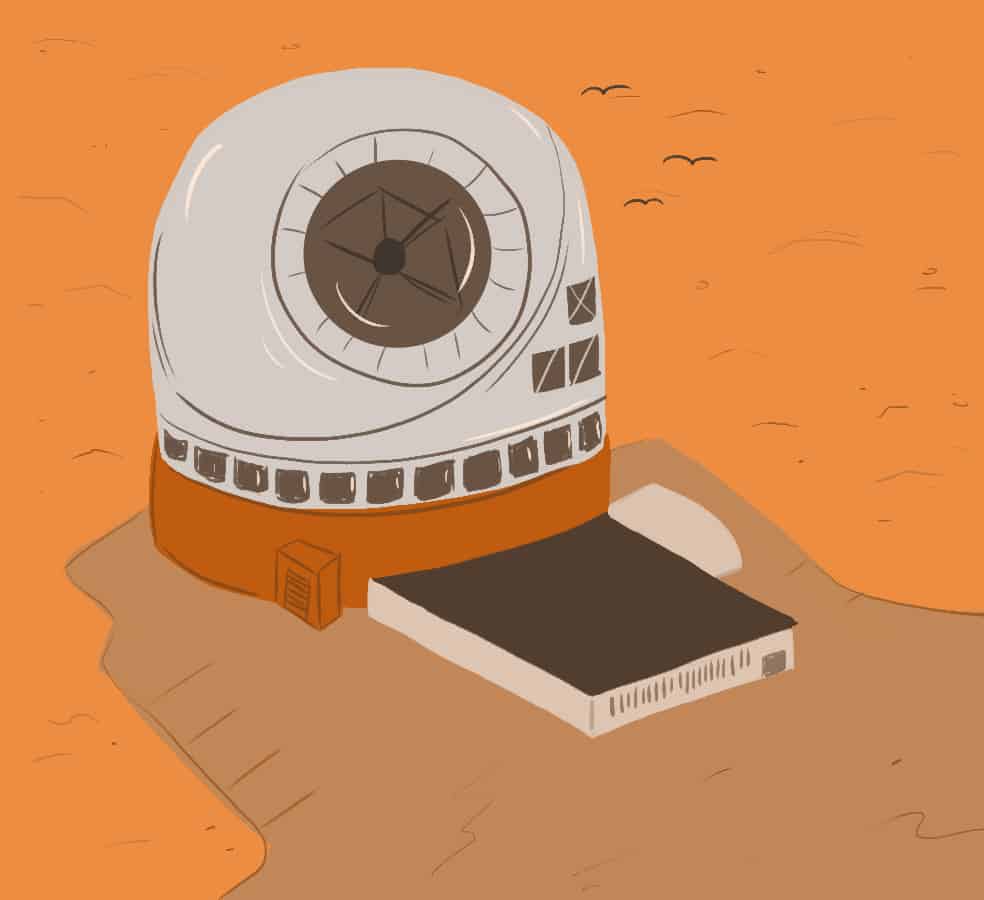The Thirty Meter Telescope (TMT) will be the world’s most powerful telescope. The telescope is slated to be built on Mauna Kea, Hawaii, by 2024. This observatory will be a colossal 1.5 billion dollar multinational effort, and Prime Minister Stephen Harper recently pledged $243.5 million to it over the next ten years, making Canada a part of the project. Development of the telescope has been met with opposition for a variety of reasons, but despite the protests the TMT should be built. It is simply too important to our collective future to neglect.
Mauna Kea is considered sacred in Hawaiian culture. It is said that this was where father sky and mother earth parted to form the heavens, and that gods built the mountain so that it could bring the heavens to man. Some Hawaiians feel that Mauna Kea is the perfect place to build an instrument designed to look deeply into the sky. They see the mountains purpose, bringing heaven to man, as becoming beautifully fulfilled in the project.
Sadly, not everyone shares this view.
The anti-TMT movement is complex and multi-faceted and much of it has nothing to do with the telescope.
There is a very visual cultural facet to the anti-TMT movement. Protesters clad in traditional dress make for a powerful visual statement. Beyond the visual attraction, the movement’s core opposition is a conglomerate of religious and environmental fundamentalists both wanting the project scrapped for separate ideological reasons.
In the course of its development the anti-TMT movement somehow inherited both the lingering anti-colonization and pro-sovereignty sentiments. Astronomy may be apolitical, but the plans for the world’s greatest telescope have become embroiled in an ideological battle that has very little to do with the telescope itself.
Some protestors have voiced discontent regarding the 13 telescopes that are already on the summit. The protester point out how the existing telescopes have been mismanaged, and they level the same criticism against the TMT. A past mistake that has faulted to a local regulatory body is being held against the plans for the new telescope.
Unlike the 13 existing telescopes, TMT intends to pay for the privilege of hosting its site on holy ground, seeking to respect the mountain’s sanctity as well as the opinions of the locals.
The TMT plans to pay one million dollars a year for the use of five acres of land; 80 per cent will go to the Office of Mauna Kea.
There are non-scientific benefits that the telescope would have for the community —it would create new jobs and diversifying the economy. With a looming energy crisis and depleting resources, the stubbornness and idealism of the protestors today could have a huge impact on generations to come.
The anti-TMT movement overlooks the bigger picture: that the time for religion, nature, and science to coexist in harmony is long overdue. Education is the only means of mitigating these clashes to create a tolerant, conscientious, and thriving society. We simply cannot afford revert back to the dark ages when humanity is on the brink of scientific and spiritual enlightenment.


